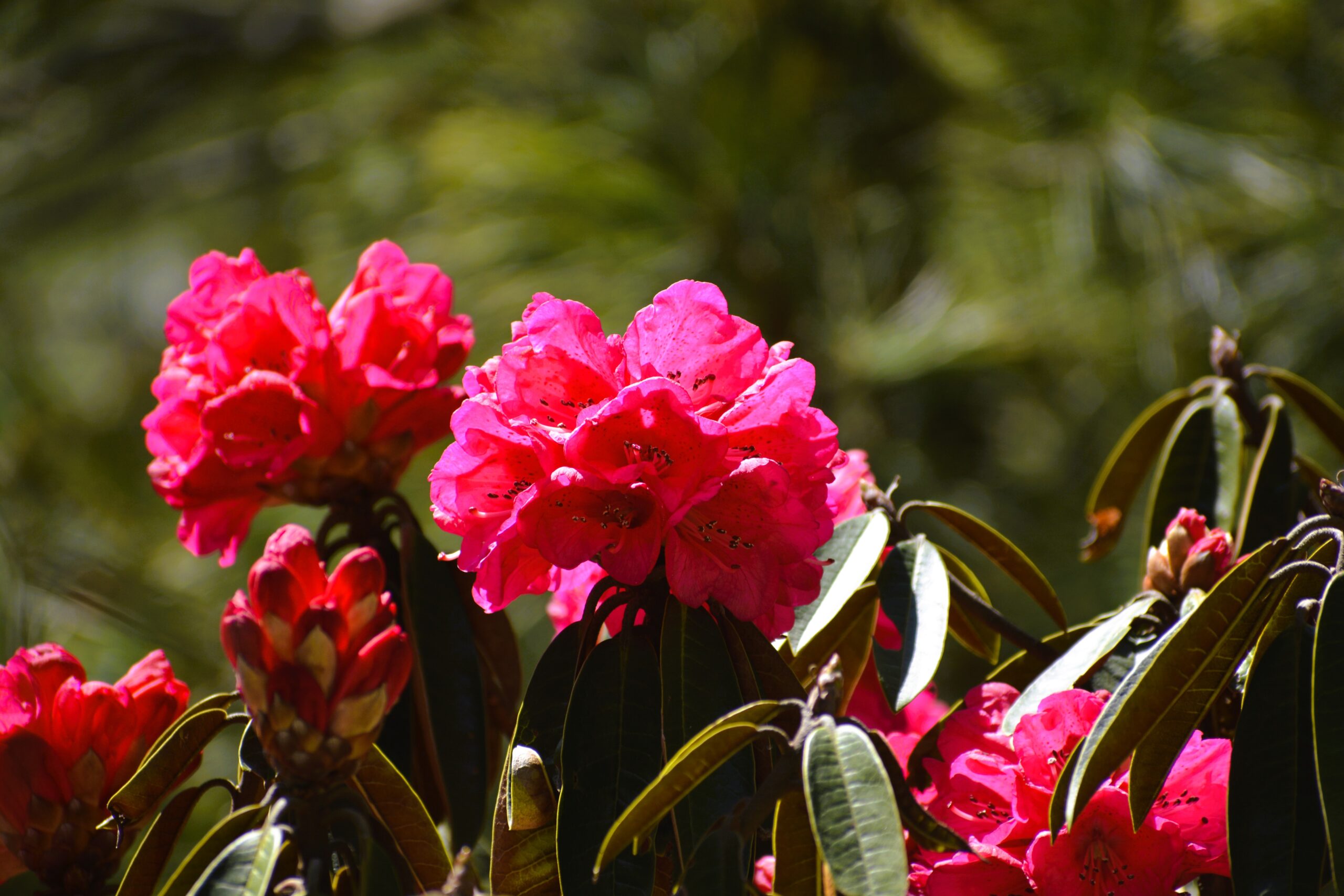Nepali Pagoda Temple Architecture

|Nepali Pagoda Temple Architecture|
The origin of the Nepali Pagoda Temple architecture has not been clearly declared yet. However, it is an old architecture in Nepal. There is the oldest pagoda temple, Changu Narayan Temple, in Bhaktapur, Nepal, which was built in the 3rd century. But there was a time when the greatest designer, Araniko, was taken to China to develop and spread pagoda architecture. Later, it spread to other eastern countries and became famous. Although the pagoda was introduced to Nepal much earlier, it was primarily developed and flourished during the Malla dynasty. We can find very few pagodas in Nepal from before the Malla period.
The shape of a pagoda roof depends on the shape of the structure in plan. Square pagodas are most common, but sometimes we find rectangular, octagonal, or circular pagodas also. The pagoda has slope roofs, and they are overhang the inner cell walls. They are supported on the outer edge by wooden struts on wooden pillars or brick walls.
The main features of the Nepali pagoda temple architecture are:
- Plinth
- Protectors in the main entrance
- Stair way to the Main Door
- Beautifully carved wooden columns
- Wooden Beam
- Wooden struts with beautiful images of god and goddesses
- Sloping tile roof
- Pinnacle
The best example of Nepali pagoda temple architecture is the Nyatapol Temple in Bhaktapur which is Laxmi Temple. It is a remarkable work of the 17th century, using terracotta bricks and tiles, wood and surki mortar. It is related with sacred number of five different elements of the world. Those elements are land, water, fire, air, and sky/space. Bhaktapur is the medieval city of Nepal, with remarkable history and architecture in the Kathmandu Valley.
Join us to explore old architecture and cultural tours in the Kathmandu Valley, Nepal!
Namaste!






